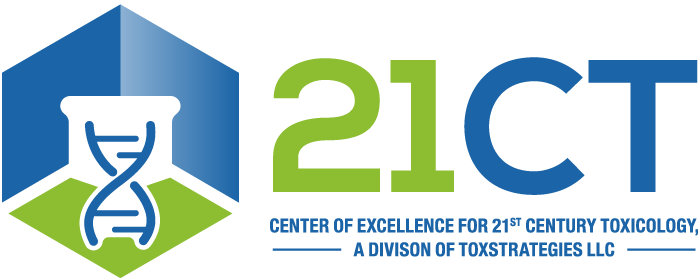Wikoff D, DeVito M, Walker N, Hixon G, Harris M, Tachovsky A, Birnbaum L, Haws L. Application of machine learning in the development of a weighting framework for evaluating estimates of relative potency for dioxin-like compounds. Presented at Society of Toxicology 51st Annual Meeting, San Francisco, CA, March 2012.
Abstract
Potential health risks associated with exposure to mixtures of polychlorinated dibenzo-p-dioxins, polychlorinated dibenzofurans, and dioxin-like polychlorinated biphenyls (referred to as dioxin-like compounds or DLCs) are evaluated using toxic equivalency factors (TEFs). TEFs represent point estimates, even though they are based on relative estimates of potency (REPs) that often span several orders of magnitude. In order to move towards using REP distributions rather than single point estimate TEFs, experts have indicated the need for development of a consensusbased framework to weight REPs based on study quality and relevance for human health risk assessment. The objective of this study was to identify those study characteristics believed most important when evaluating REP quality and relevance, to develop a numerical approach for quantitatively weighting each REP, and to apply such to the current REP database. Six main study characteristics (study type, study model, pharmacokinetics, REP derivation method, REP derivation quality, and endpoint) were identified as most important and form the backbone of the framework. Expert judgment was then used to categorize REPs based on these characteristics. A multinomial logistic classifier machine learning model was applied to develop an optimal mathematical model using the expert judgments for each REP. This model yielded numerical weights for each REP value, that when applied to the current REP database, resulted in weighted distributions of REPs for each congener. These distributions improve characterization of the variability and uncertainty inherent in the health risk estimates for this class of compounds, give risk managers the flexibility to tailor the desired level of protection to a specific situation, and facilitate establishment of a consistent level of protection for all congeners. (This abstract does not reflect the policies or views of NIEHS or NCI).
